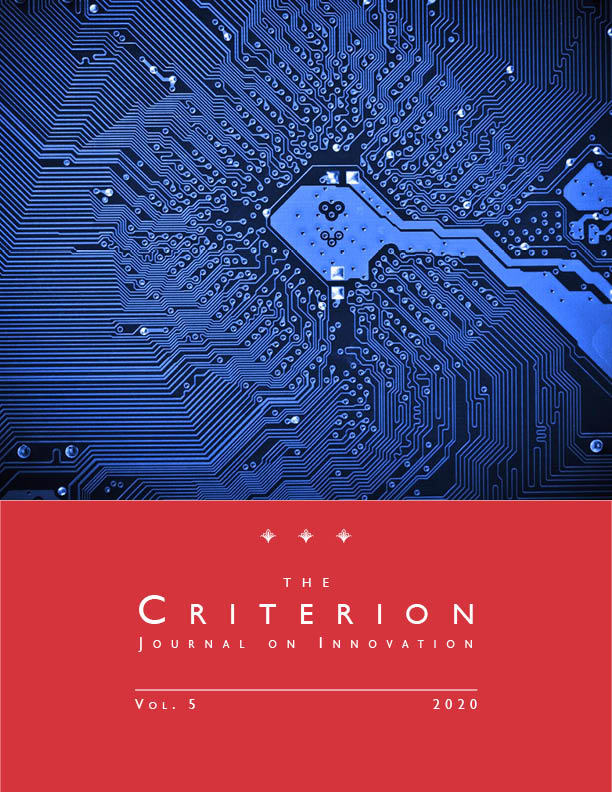Patent Counting and the “Top-Down” Approach to Patent Valuations: An Economic and Public Policy Appraisal of Reasonable Royalties
Purchase a reprint version of the Article (Amazon) | Read the Article (PDF) | Download the Article (PDF) Download the Article (PDF)Mobile wireless is a rapidly growing marketplace with global dimensions. Technology development of foundational wireless technologies needed to support next-generation devices in the context of an open standards development model requires patent licensing, or the open innovation ecosystem collapses. Valuing patent portfolios of standard-essential patents (SEPs) is complex. The market for patented technology does not work perfectly, and recalcitrant putative licensees sometimes have to be brought into court. Methodologies for determining (rather than negotiating) reasonable royalties in the courtroom have led putative licensees to advance a so-called “top-down” approach. The approach relies on assuming some (implied regulatory) ceiling on the cumulative royalties that technology implementers collectively ought to pay, and apportioning that value to patent holders based on some type of citation-weighted patent counts. This article finds that the economic foundations of this approach are quite flimsy, and associated apportionment approaches are, at best, only weakly connected to relevant commercial considerations. In some very limited circumstances a “top-down” approach might serve as a cross-check on other methodologies, but it cannot be relied on as a primary anchor for determining reasonable royalties for the particular patent portfolios.

Cite as
David J. Teece, Patent Counting and the “Top-Down” Approach to Patent Valuations: An Economic and Public Policy Appraisal of Reasonable Royalties, 5 Criterion J. on Innovation 157 (2020).
